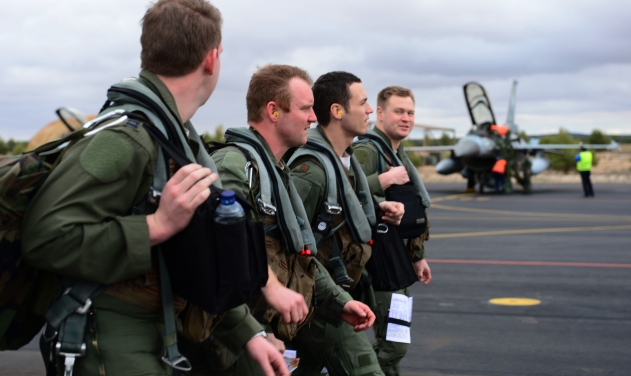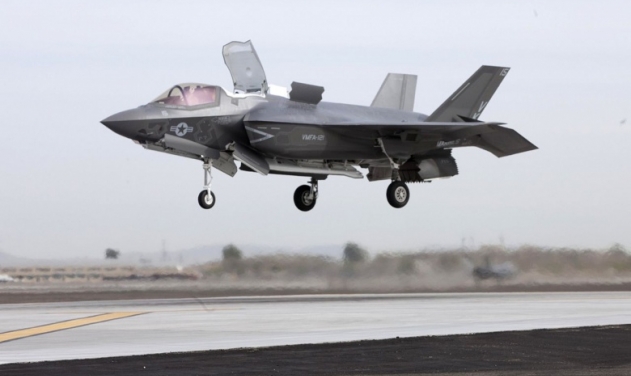United States Air Force Is Short Of 1500 Pilots

The senior leaders of the United States Air Force discussed alternative methods of aviator training and requirement initiatives to address shortage of over 1500 pilots in its aircrew units that has left America’s aerial warfighting branch scrambling to find a way to stop decline in skilled aviators.
The 2017 Aircrew Summit held on September 22 at Joint Base Andrews, Maryland, had air force senior leaders from the headquarters, major commands and other experts discussed strategies, plans and initiatives falling under the ACTF’s seven lines of effort: requirements, accessions, production, absorption, retention, sortie production and industry collaboration.
“We are in a crisis,” said Air Force Chief of Staff Gen. David L. Goldfein. “We’re 1,500 pilots short, and if we don’t find a way to turn this around, our ability to defend the nation is compromised”.
“We presented some ideas to General Goldfein that are the first steps in completely changing how the Air Force recruits, trains, manages and employs our aircrew,” said Brig. Gen. Mike Koscheski, the Air Force’s Aircrew Crisis Task Force director.
Leaders at the summit were briefed on proposed retention initiatives to limit and incentivize non-command 365-day deployments, production initiatives that prioritize flying training and offer alternative methods of training and requirement that adjust crew ratios and balance instructor pilot numbers.
The Air Force leaders also discussed the need to expand initiatives to take care of non-rated Airmen and families as well.
During the summit, the dealers also discussed various options for increasing pilot production through contract support or additional aircraft, which would enable the Air Force to train more pilots.
Early this month, the air force announced three initiatives designed to enhance mission readiness – an increase in the aviation incentive pay; an expansion of the fiscal year 2017 Aviation Bonus Program to include non-contracted and contract-expired pilots; and the rated return to active duty program which brings retired pilots back into the service to fill critical-rated staff positions.
At the end of fiscal year 2016, the US Air Force was a whopping 1,555 pilots short of their required force total. Of those gapped positions, 1,211 of them were for fighter pilots relied upon to provide close air support for troops on the ground, as well as a number of other airborne combat operations.











